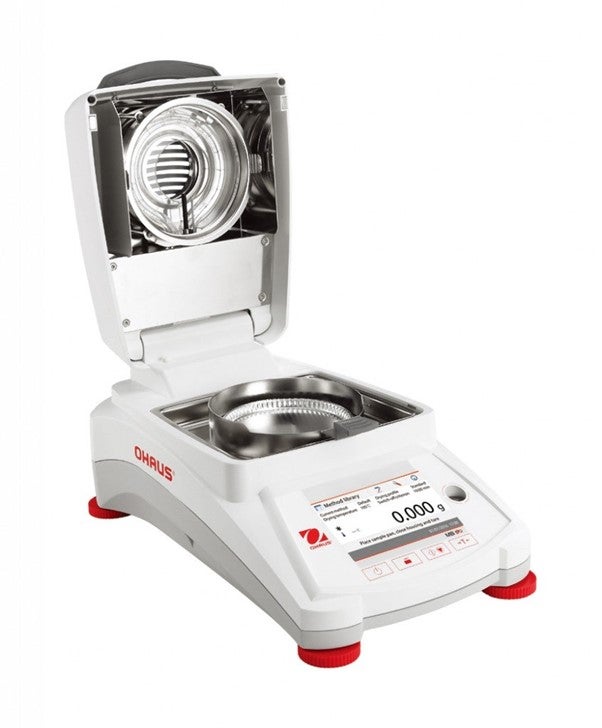A laboratory balance is a key piece of equipment in many labs, workplaces and in the field. They are typically used to measure the weight of a sample. As there are variations in material, sample size, and conditions in the work environment, different types of balances exist for specific needs.
The balances that will be discussed on this page are:
- Precision Balances
- Analytical Balances
- Micro Balances
- Compact Balances
- Portable Balances
- Moisture Analysers
Important terms to understand:
Accuracy – how close the reading is to the actual weight of a sample.
Readability – The smallest division at which the balance can read (i.e. the number of decimal places).
Precision balance
Precision balances are preferred at times because of their more precise results compared to other types of balances (hence the name). They have a readability between 0.1-0.01g and their readings are not affected by fluctuations in temperature. These can have a capacity between hundreds of grams and higher to kilograms dependent on the model.


Analytical balance
Analytical balances are similar to precision balances. However they feature a draught shield to enclose the measuring pan, which will keep out any dust from the environment. In addition to this, the enclosure will reduce the effects from factors such as airflow and wind from disrupting the reading. Analytical balances tend to have an average readability of 0.01 – 1.0mg.
Even though the chamber will protect from draughts, the use of anti-vibration tables will help with the accuracy of the readings due to preventing further environmental effects influencing the reading. Additional information on anti-vibration tables can be found through our other post; click here.
Depending on the make and model, these can have a capacity of a gram, with a few kilograms being the highest option.
Micro balance
Micro balances tend to have a readability around 0.01mg (0.00001g) and are used to weigh much smaller amounts compared to the other balances.
There can be other uses for these balances other than measuring a sample. Due to the increased readability, they can be used to help in pipette calibration.
Portable (Compact) balance
Portable balances allow the user to move the balance around if needed. While other types of balances need you to limit movement, these are made to me moved around. Compact balances are a smaller sized balance which helps in their portability. These tend to be battery operated therefore allowing them to be used on the go for field work.
Moisture balance
Moisture balances are used to find the moisture content of a sample. The balance does this by weighing the sample, removing the moisture, then weighing the product again. The change in weight is the moisture content. This is used commonly for food samples and powders. However, there are certain materials that cannot be used in these balances. Further understanding of what can and cant be used in these balances can be found here.
A typical moisture balance - solids are placed in the pan which can weigh them from beneath while heating is applied from the top to dry them out.
The above information should help you make an informed decision as to which balance best fits your needs and application. For more information contact us by email to support@camlab.co.uk or by phone on 01954 233120.








